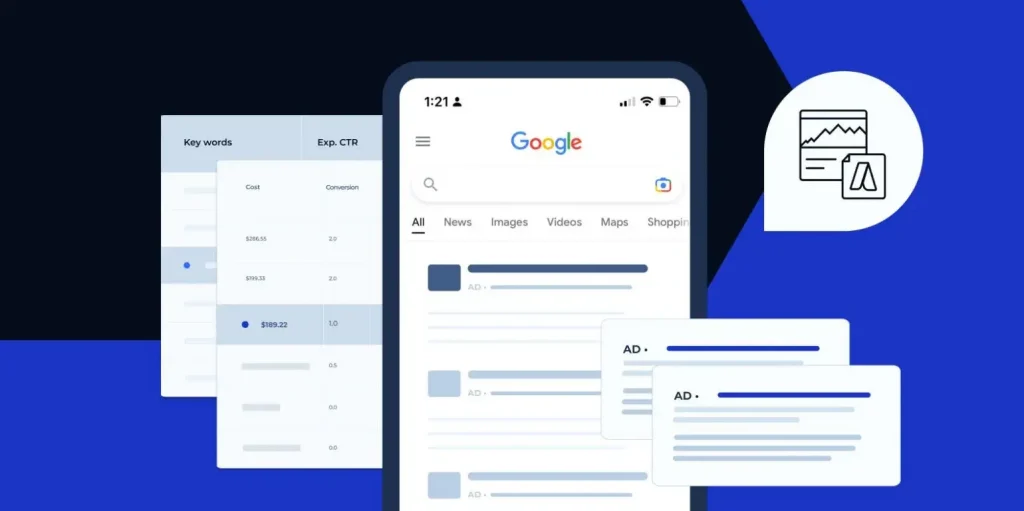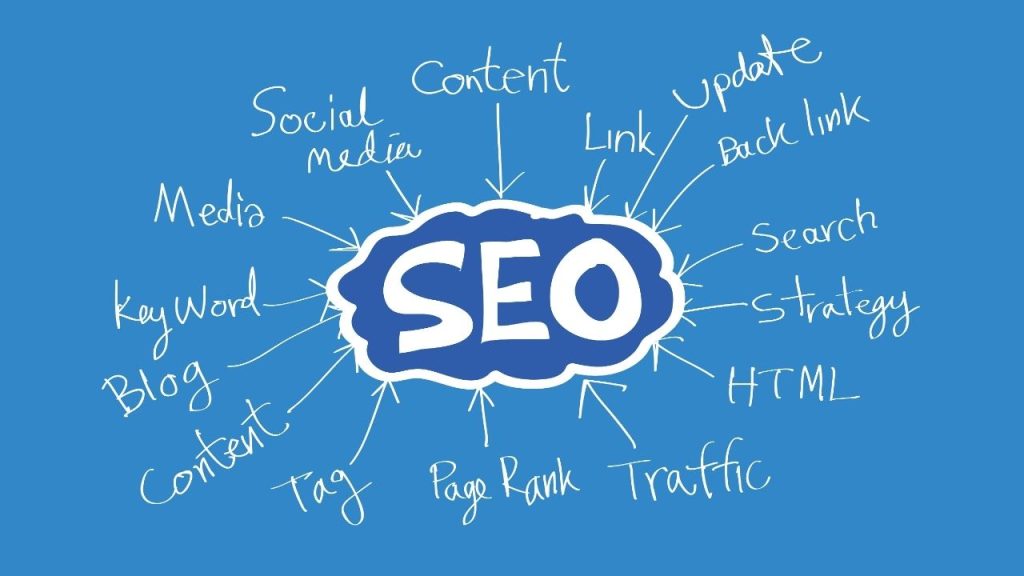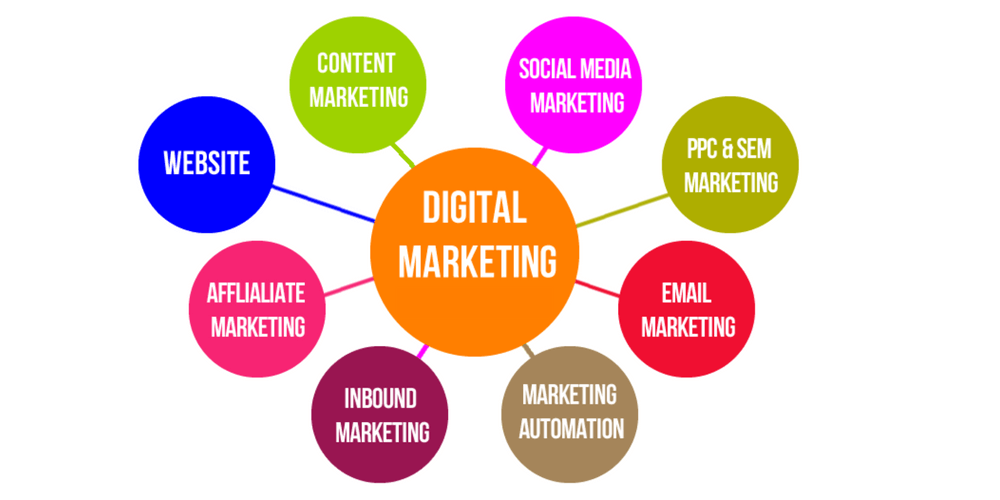Introduction
Online advertising has become the cornerstone of modern marketing, offering businesses a vast array of options to reach their target audience with precision, flexibility, and scalability. The digital ecosystem is rich with advertising opportunities that cater to different objectives, from brand awareness and lead generation to direct sales and customer engagement. Understanding the various types of online advertising can help businesses choose the right channels and strategies to maximize their return on investment. This comprehensive guide will explore the different types of online advertising, highlighting their unique benefits, how they work, and when they are most effective.
Search Engine Advertising (Paid Search Ads)

Search engine advertising, often referred to as paid search or PPC (pay-per-click), is one of the most effective and widely used forms of online advertising. This method involves placing ads on search engine results pages (SERPs), such as Google or Bing, usually above or below organic search results. Advertisers bid on specific keywords related to their products or services, and when users search for those keywords, the ads are displayed. The advantage of paid search advertising is its ability to target users with high intent—people who are actively searching for a solution. Platforms like Google Ads allow advertisers to fine-tune their campaigns with ad extensions, location targeting, device targeting, and more. Because of its pay-per-click model, businesses only pay when someone clicks on the ad, making it cost-effective when managed properly.
Display Advertising
Online advertising, Display advertising involves placing banner ads, rich media, or video ads on websites across the internet. These ads appear in designated spaces on third-party websites and are usually image-based rather than text-heavy. Google Display Network (GDN) and other programmatic ad platforms enable advertisers to reach a wide audience based on demographics, interests, and online behavior. Display advertising is particularly effective for building brand awareness and retargeting past website visitors. The visual nature of display ads allows brands to make a lasting impression, and advanced targeting options mean advertisers can show their ads to people who are more likely to be interested in their products or services.
Social Media Advertising
Social media platforms have become powerful advertising channels thanks to their extensive user data and advanced targeting capabilities. Platforms like Facebook, Instagram, LinkedIn, Twitter, TikTok, and Snapchat offer various ad formats including image ads, video ads, carousel ads, and story ads. Social media advertising allows brands to reach users based on their interests, behaviors, location, job title, and even relationship status. Online Advertising, Facebook Ads Manager, for instance, provides in-depth targeting tools and analytics to track performance. Social media ads are not just limited to brand awareness—they can drive traffic, generate leads, and even lead to direct sales. With billions of users actively engaging on social platforms daily, social media advertising presents a vital opportunity for businesses of all sizes.
Video Advertising
Video advertising has surged in popularity due to the growing consumption of video content across platforms. YouTube, as the second-largest search engine, is a leading platform for video advertising, offering skippable and non-skippable in-stream ads, bumper ads, and video discovery ads. Video ads can also be run on social media platforms, news sites, and within mobile apps. Online advertising, Video advertising is effective because it combines sight, sound, and motion, capturing attention and delivering a more immersive brand experience. It is especially valuable for storytelling and demonstrating products or services in action. Video campaigns can be used for awareness, engagement, and conversions depending on how they are structured and targeted.
Native Advertising
Native advertising refers to ads that blend seamlessly into the content of the platform on which they appear, mimicking the look and feel of editorial content. These ads are less intrusive and more likely to be engaged with because they do not disrupt the user experience. Native ads appear on news websites, blogs, and social media feeds and are often labeled as “sponsored” or “promoted.” This type of advertising is ideal for content marketing campaigns, where the goal is to educate or inform rather than sell directly. Native advertising is effective because it matches the form and function of the user experience, resulting in higher engagement and trust.
Retargeting And Remarketing
Retargeting, also known as remarketing, is a powerful online advertising strategy that targets users who have previously interacted with a website or mobile app. These users are shown ads across various platforms and websites as they continue browsing the internet. Retargeting campaigns work by placing a tracking pixel on the advertiser’s website, allowing the ad platform to display relevant ads to past visitors. Online advertising, This form of advertising is highly effective for moving potential customers down the conversion funnel, as it reminds them of the brand and encourages them to return and complete a desired action, such as making a purchase or filling out a contact form.
Affiliate Marketing
Affiliate marketing is a performance-based advertising model where businesses reward third-party publishers (affiliates) for driving traffic or sales to their website. Affiliates promote products or services through their own channels—such as blogs, YouTube channels, or social media accounts—and earn a commission for each conversion generated through their unique affiliate link. Online Advertising, This type of advertising leverages the influence and reach of content creators and website owners, making it cost-effective since advertisers only pay for actual results. Affiliate marketing is commonly used in e-commerce and digital product industries, and it can be managed in-house or through affiliate networks like ShareASale, CJ Affiliate, and Rakuten.
Influencer Marketing

Influencer marketing has gained prominence in recent years as brands collaborate with social media personalities and content creators to promote their products or services. Unlike traditional ads, influencer marketing involves more authentic and personal endorsements, which can resonate deeply with the influencer’s audience. Online advertising Influencers can promote brands through posts, videos, stories, and live streams across platforms like Instagram, TikTok, YouTube, and more. This form of advertising is especially effective in lifestyle, beauty, fashion, and health niches. Influencer campaigns can drive awareness, engagement, and conversions, particularly when the influencer’s values align with the brand.
Email Advertising
Email advertising involves sending promotional messages directly to users’ inboxes. While often grouped under email marketing, it becomes advertising when used for cold outreach or paid promotions within email newsletters. Businesses can purchase email lists (with caution and compliance), partner with newsletter publishers, or use lead generation tactics to grow their own lists. Email advertising is highly personalized and allows for segmentation based on user behavior, location, and preferences. Well-crafted email ads can achieve high ROI due to their direct nature and ability to reach users in a private space. The key to success lies in delivering value and crafting compelling subject lines and content.
Programmatic Advertising
Programmatic advertising automates the buying and selling of digital ad space using algorithms and real-time bidding (RTB). This method allows advertisers to purchase ad inventory across a wide range of websites and apps almost instantly. Programmatic platforms like The Trade Desk, MediaMath, and Google Display & Video 360 use AI to optimize ad placements and targeting. Programmatic advertising can include display, video, native, and even audio ads. Its biggest advantage is efficiency and scale, as it eliminates the need for manual negotiations and allows for real-time performance adjustments. For large-scale campaigns, programmatic advertising provides a smart, data-driven solution.
Mobile Advertising
Mobile advertising focuses specifically on reaching users on their smartphones and tablets. Given the massive shift toward mobile internet usage, this form of advertising is essential. Mobile ads appear within apps, mobile browsers, games, and on social media platforms. Online Advertising, Formats include banner ads, interstitial ads, native ads, and in-app video ads. Location-based targeting and device-specific customization make mobile ads highly effective. Mobile advertising enables businesses to deliver timely and relevant messages to users who are often on the move, enhancing the chance of immediate engagement or action.
Audio Advertising
Audio advertising is an emerging form of digital promotion, especially popular with the rise of music streaming services and podcasts. Platforms like Spotify, Pandora, and podcast networks offer audio ad slots that play between songs or episodes. Audio ads can be highly engaging, as they speak directly to listeners in an intimate setting. Online Advertising, Brands can use this format to build awareness, share storytelling messages, or drive traffic through call-to-action voice prompts. Audio advertising is particularly effective for targeting users during commuting, working out, or other hands-free activities.
Connected TV (CTV) And Over-The-Top (OTT) Advertising
With the rise of streaming platforms, CTV and OTT advertising have created new avenues for reaching audiences who have moved away from traditional cable TV. OTT refers to content delivered over the internet via platforms like Hulu, Roku, Amazon Fire TV, and YouTube TV. CTV advertising offers a similar experience to traditional TV ads but with better targeting and tracking. Brands can deliver high-quality video ads to viewers on their smart TVs, streaming devices, or gaming consoles. This type of advertising is effective for reaching cord-cutters and engaging users in a lean-back viewing environment.
Search Engine Optimization (SEO) As Indirect Advertising

While SEO is technically not paid advertising, it plays a vital role in online visibility and should be considered part of the broader online advertising ecosystem. By optimizing content and websites for search engines, businesses can increase their chances of appearing in organic search results. High-quality SEO ensures sustained visibility and can lead to increased traffic and conversions over time. SEO complements other advertising efforts and can significantly reduce reliance on paid channels in the long term.
Conclusion
The digital landscape offers a wide variety of online advertising options, each with its own strengths and best-use scenarios. From the precision of paid search ads to the immersive power of video content, businesses can tailor their strategies based on their goals, budget, and audience behavior. Understanding these different types of online advertising is crucial for creating a balanced and effective digital marketing plan. With the right mix of channels and a data-driven approach, online advertising can yield significant returns and drive sustained business growth in today’s competitive environment.

